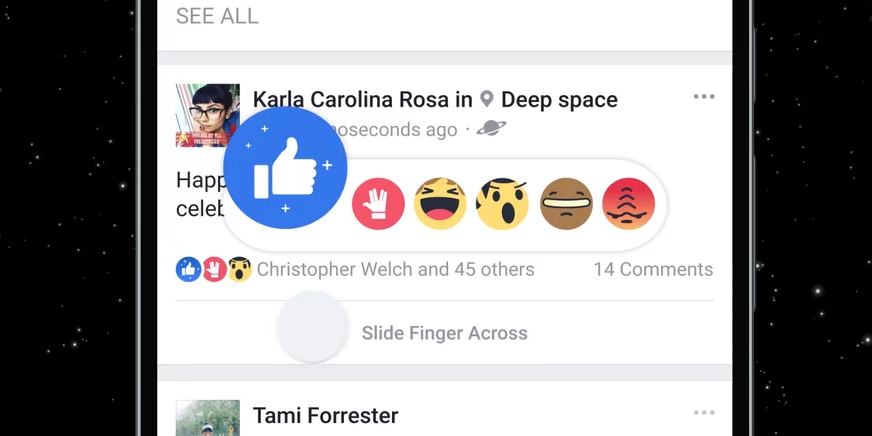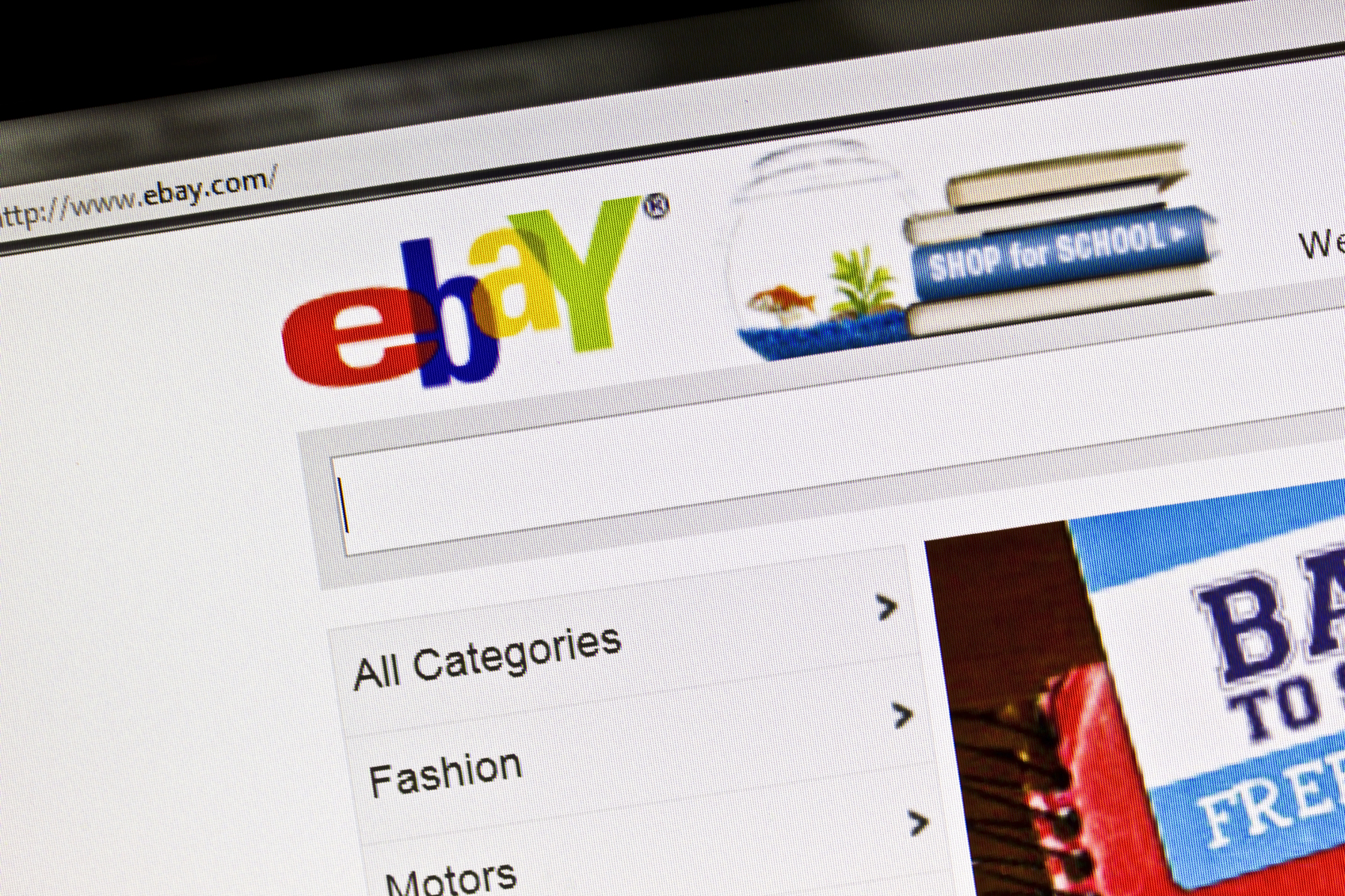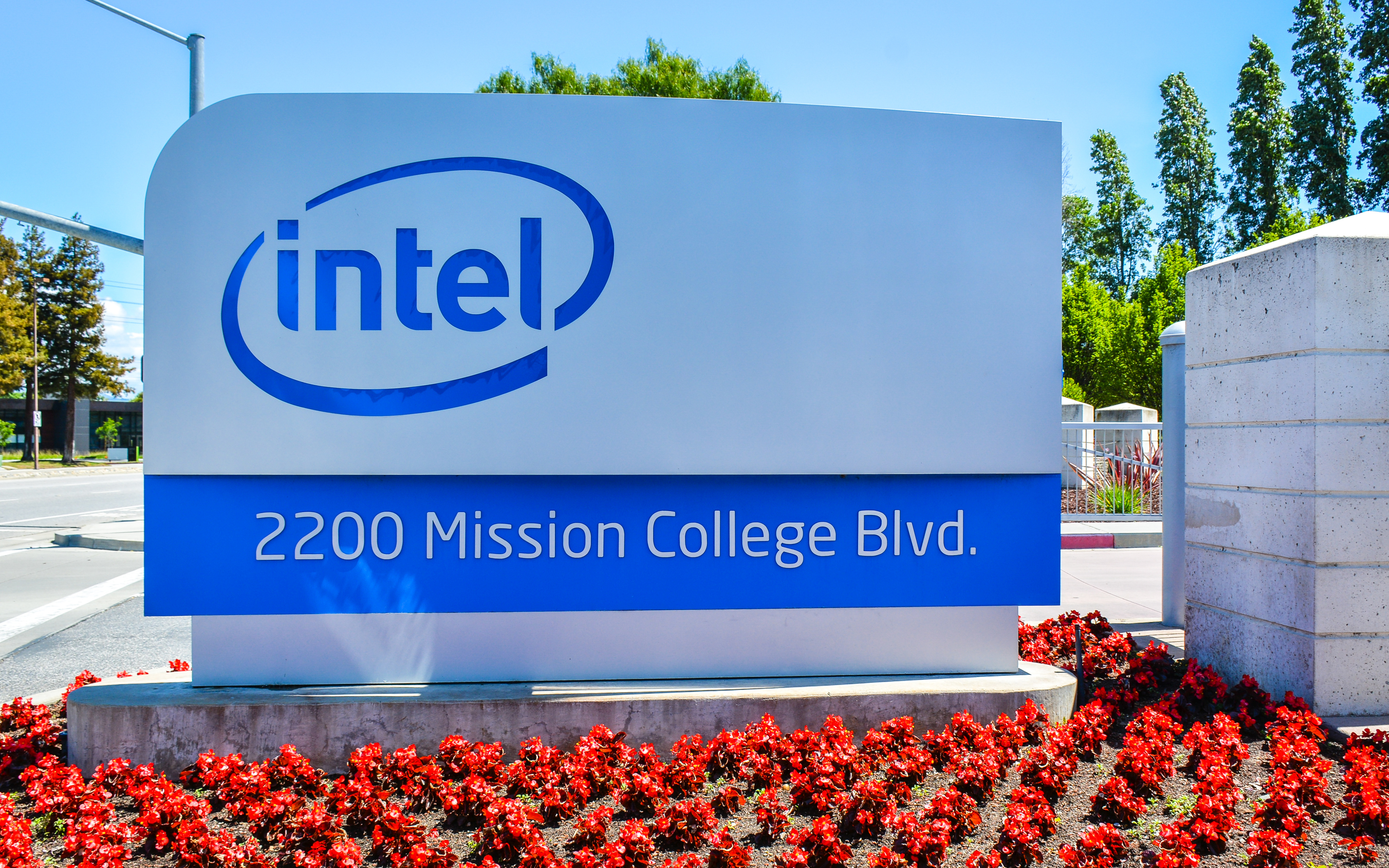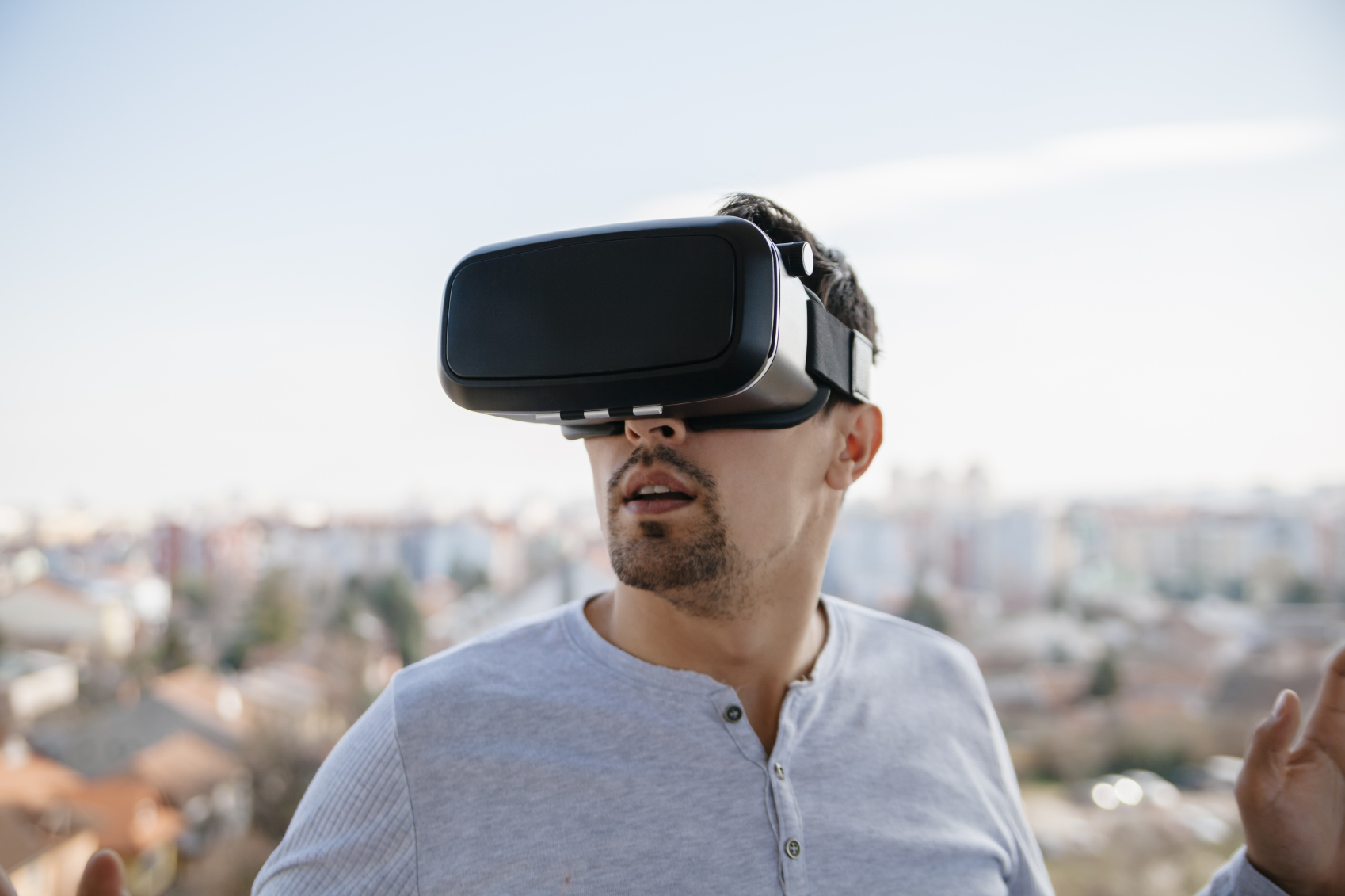What Happened
Swedish chainsaw brand Husqvarna is trying a unconventional way to promote its products. Working with DigitasLBi Nordics, the company created a virtual reality game that lets people safely experience what it feels like to be a chainsaw-wielding lumberjack. The VR game, which runs on HTC Vive headsets, is part of the company’s on-site activation at this weekend’s World Logging Championship in Poland. Attendees will play the game with actual chainsaws attached to the HTC Vive controls to achieve a more authentic experience.
What Brands Need To Do
This is a good example of how brands may leverage VR technology to deliver a fun experience that doubles as a virtual product demo. As consumers get increasingly familiar with VR and 360-degree video content and mainstream social media platforms start supporting the immersive formats, it is time for brands to start working with content creators to develop interesting branded VR content.
The Lab currently has four VR headsets — an Oculus Rift, an HTC Vive, and two Samsung Gear VRs — ready for demos. Virtual reality is something that has to be experienced to be understood, so come by the Lab and ask for a VR demo to get a hands-on experience and figure out how your brand can use it to excite and engage with consumers.
Source: AdWeek
Header image courtesy of Husqvarna UK’s YouTube Video










